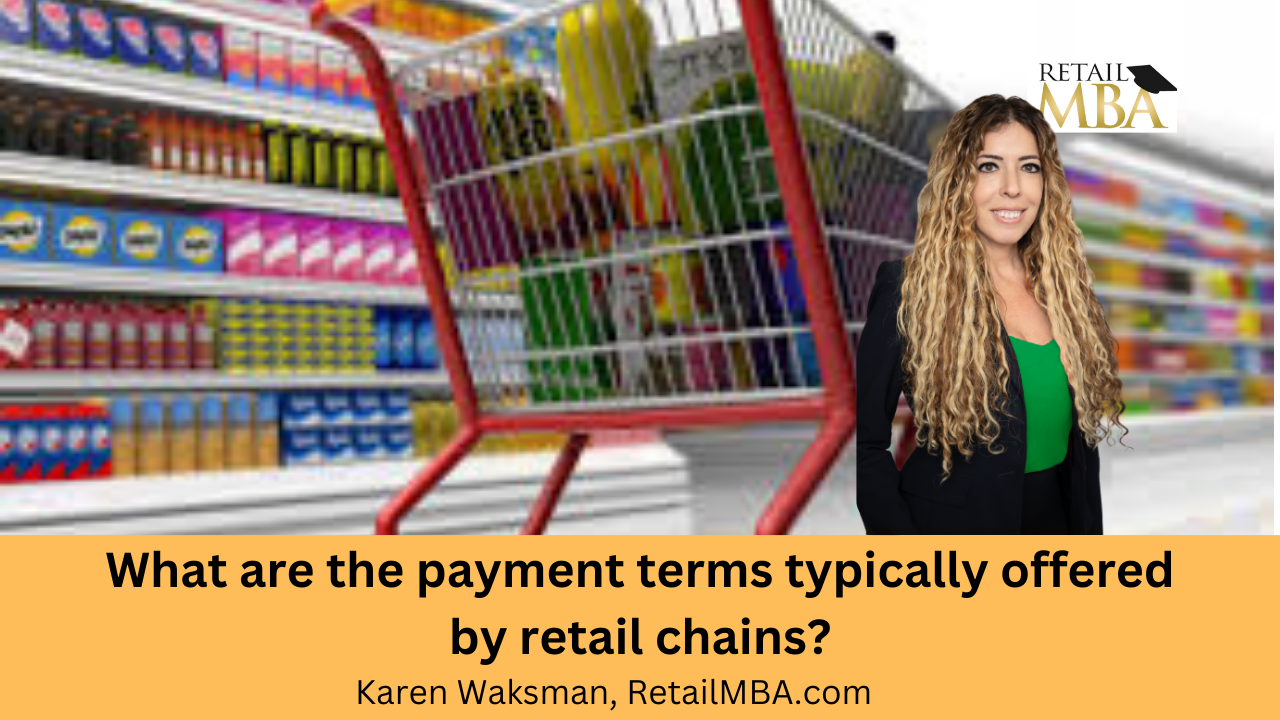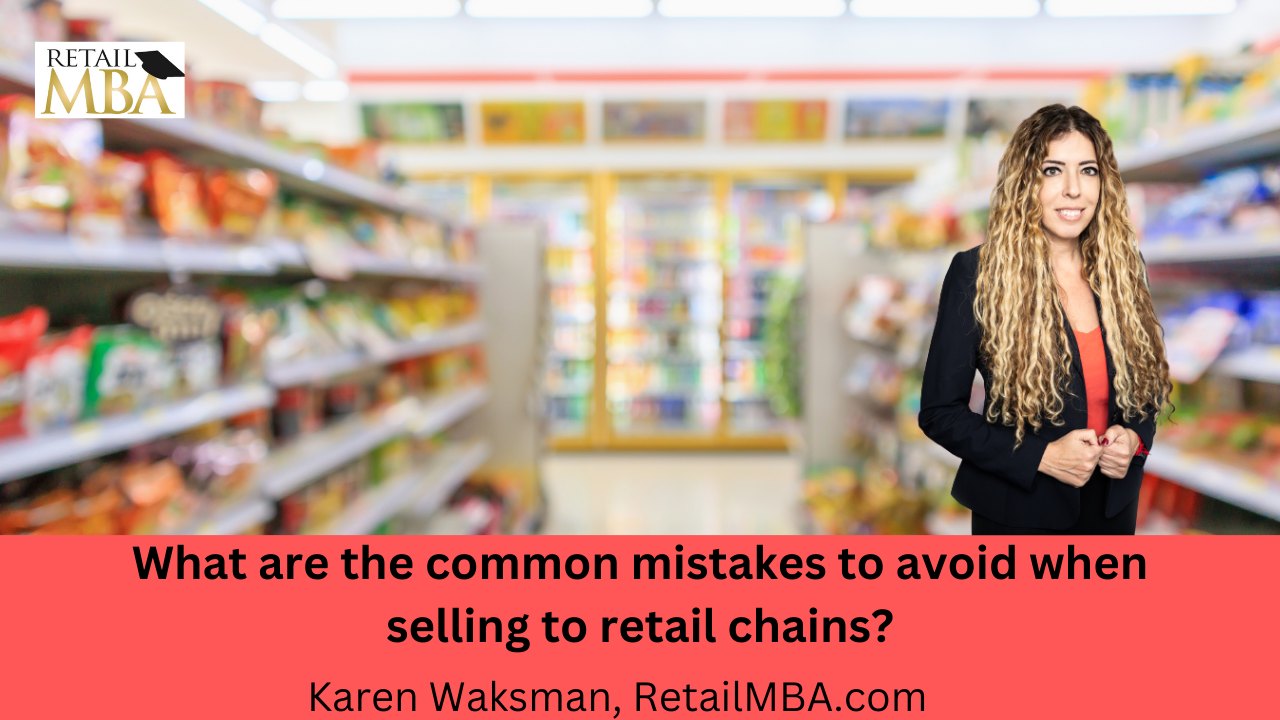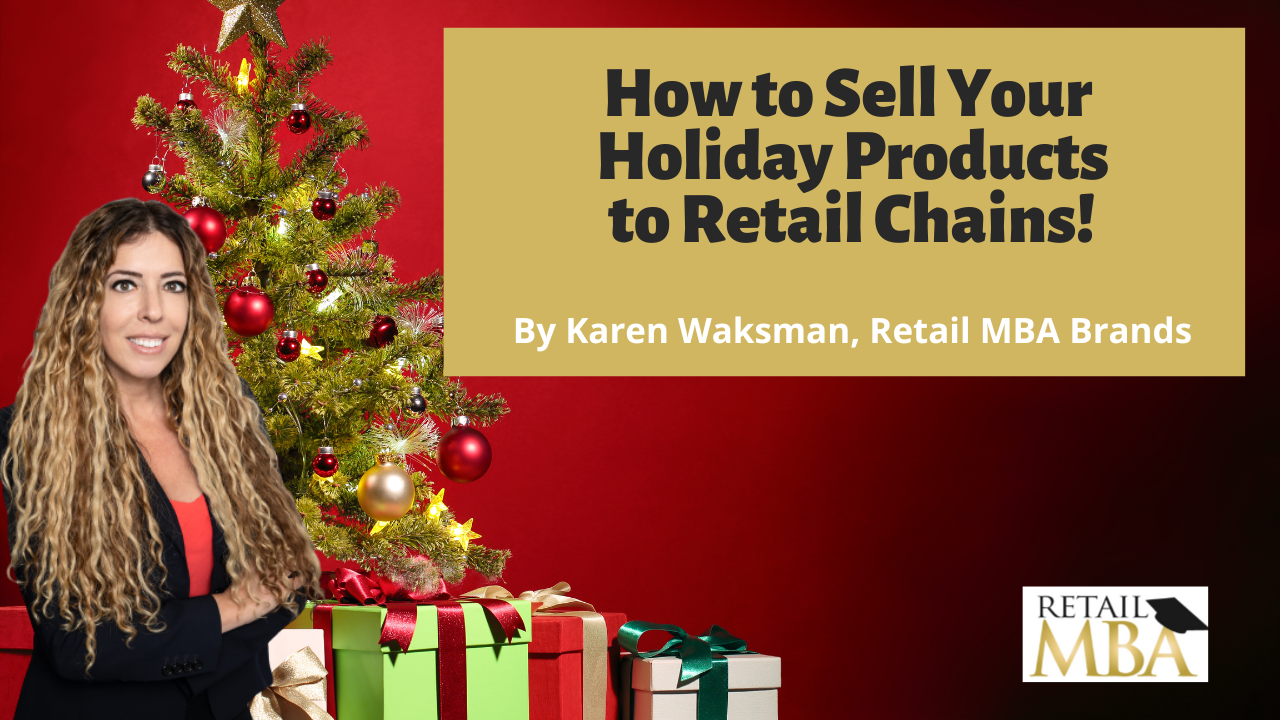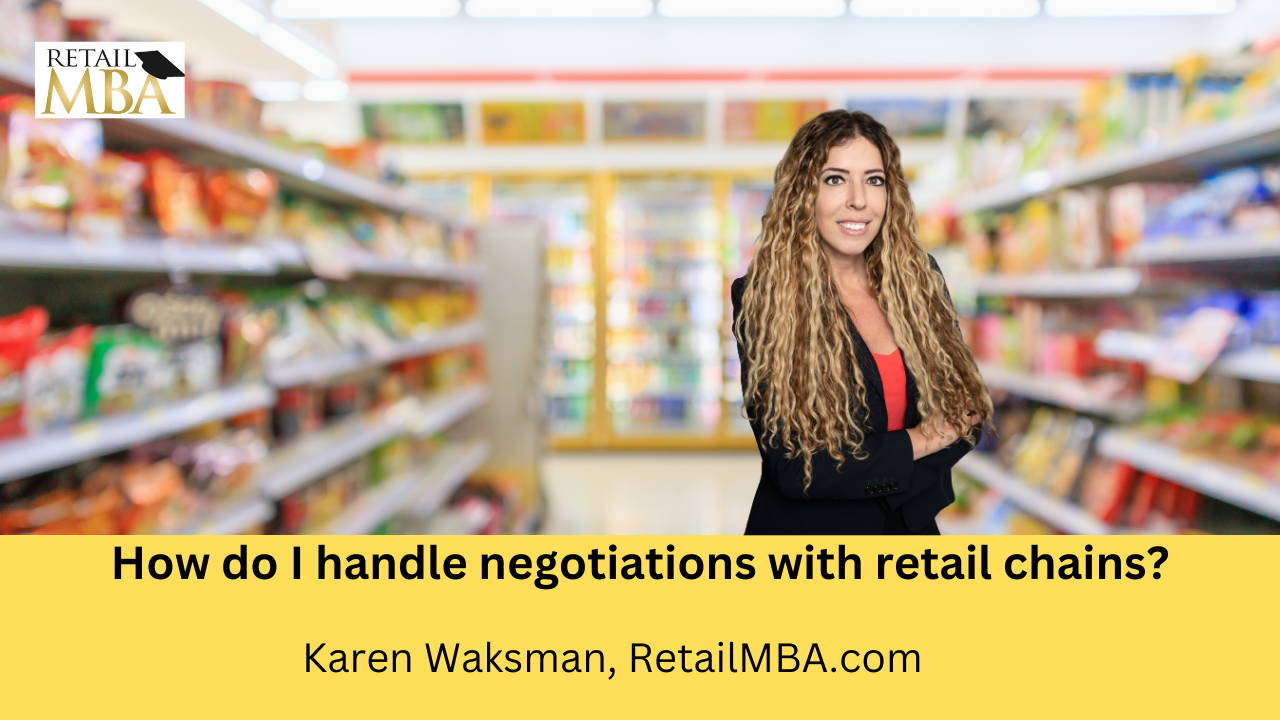Minimum Advertised Price

Is Minimum Advertised Price Legal?
Minimum Advertised Price (MAP) policies allow manufacturers and brands to determine the lowest advertised prices for their products without engaging in price-fixing; it is legal under U.S. antitrust statutes.
MAP policies offer retailers and resellers an effective means of competing against large e-commerce retailers while maintaining profit margins and preventing showrooming.
Price-fixing
Price-fixing agreements are illegal, and companies who enter into these arrangements could face prosecution under antitrust laws. If your company engages in price fixing agreements, it is vitally important that an investigation take place immediately – such as by reviewing tenders or quotes submitted for similar products/services; if all tenders provide higher costs than normally justified this is a telltale sign of price fixing. Also look at supplier pricing structures; often new suppliers won’t charge the same as existing ones – this indicates their participation in fixing prices together.
Price-fixing is an act of collusion among competitors that results in increased consumer prices. Agreements may involve competitors at similar levels of distribution or manufacturers, wholesalers and retailers; additional terms of sale could include credits, markups, rebates and discounts as part of the price fixing agreement; however these types of deals typically violate antitrust law and therefore aren’t enforceable in the US.
Price-fixing conspiracies typically involve multinational firms with global repercussions; however, in certain instances smaller firms such as those involved with the turbine conspiracy and Archer Daniels Midland lysine conspiracy have also been accused of taking part. Furthermore, price fixing entanglement often involves independent dealers outside any national trade association membership.
Federal antitrust laws in the US forbid agreements that fix or stabilize prices, which can do significant harm to both the economy and consumers alike, and be subject to lengthy prison sentences and heavy fines for violators. Anyone guilty of price-fixing conspiracies could also be forced to compensate private parties that have suffered economic loss from this activity by paying damages as per antitrust regulations.
Minimum advertised price policies can help prevent price-fixing by encouraging full-service retailers to compete on service and value rather than price, and protecting resellers from the race to the bottom that often ensues when one retailer drastically lowers its prices. Furthermore, minimum advertised price policies help maintain profitability among brands looking to maintain their consumer appeal.
Regulation
Minimum Advertised Price (MAP) policies provide resellers with guidelines preventing them from advertising products below their manufacturer-specified value, helping maintain brand image and avoid price wars between retailers. They can be difficult to manage and enforce successfully as companies must carefully draft policies in order to avoid violating antitrust laws; additionally they must monitor distributor channels to ensure distributors abide by these MAP guidelines.
Monitoring tools designed for minimum advertised price (MAP) policies can assist businesses in detecting when competitors violate them. By scanning marketplaces to locate the lowest advertised prices and alerting brands when violations take place. In addition, these tools provide detailed reports regarding pricing and product specifications to assist companies in creating good MAP guidelines.
Many manufacturers employ Minimum Advertised Price (MAP) policies to set prices of their products and protect margins. With consumers increasingly turning to price comparison shopping, MAP policies play an integral role. However, it should be remembered that MAP only restricts resellers advertising their product’s prices; final resale prices remain unaffected by such measures.
Retailers compete hard to win market share by being highly price-competitive; however, this can quickly lead to an erosion of margins. By employing minimum advertised pricing (MAP) policies instead, retailers can avoid price wars and focus on other customer-centric features like service delivery and branding awareness – encouraging consumer loyalty as a result.
Though MAP policies can be challenging to implement, they are perfectly legal under US antitrust law. Since they are voluntary and do not affect actual selling prices of a product; instead they limit discounting and promotional activities a retailer can conduct.
Monitoring Amazon Marketplace (or another similar large marketplace) pricing helps small businesses stay competitive, identify price fluctuations across multiple sellers, monitor competitor behavior and evaluate any competitors with whom they might compete directly and gain insight that could improve e-commerce sales and marketing strategies.
Enforcement
While minimum advertised price (MAP) policies can be beneficial to retailers, they can be challenging to implement and enforce in a digital marketplace where customers use price comparison websites to shop prices from multiple retailers and resellers. Unauthorised sellers could easily sell your products below your MAP price and harm brand image if this were allowed – for this reason it is essential that retailers create an effective monitoring and enforcement solution for MAP policies.
MAP policies are minimum advertised price (MAP) policies instituted by manufacturers for their product that retailers or resellers agree not to advertise below this amount in their advertisements; this price does not account for coupons or discounts applied at checkout, although retailers may offer the product at lower costs should they so desire.
A minimum advertised price (MAP) policy serves to protect the perceived value and profits of your brand while helping maintain consistent pricing across distribution channels. Furthermore, it fosters strong relationships with authorized resellers that foster brand trust; further preventing unapproved sellers from cutting into sales and profit margins of your product/service line.
Before beginning to create a minimum advertised price policy (MAP policy), there are a few key points you should keep in mind. First and foremost is deciding the acceptable price range for your product in relation to other comparable offerings from competing brands; an easy way of doing this would be to compare similar products of each brand against one another. Also make sure the pricing aligns well with retail partners – it is preferable that your price helps establish brand authority rather than one which risks distancing consumers from your brand altogether.
MAP policies are legal in the US and can help to balance power between manufacturers and retailers. They do not violate antitrust laws because they only limit advertised pricing – not final sale prices. You have likely seen these policies implemented without even realizing it; sites which require adding items to a cart in order to display prices often employ these strategies.
Legality
Legality of minimum advertised price policies depend on a range of factors, including their effect on prices, their ability to restrict competitors’ sales and compliance with antitrust laws. In the US, minimum advertised prices (MAPs) are legal under federal antitrust law because they restrict advertised pricing instead of actual selling prices; however, in other countries MAP policies may violate current antitrust legislation.
As the best way to keep resellers from violating your Minimum Advertised Price policy (MAP), software that monitors prices across channels and marketplaces can ensure all third-party sellers adhere to MAP guidelines, not selling your products below the stated MAP price. Furthermore, this monitoring software may identify any unauthorized resellers and take appropriate actions against them.
An effective Minimum Advertised Price policy (MAP policy) is key to protecting both a brand’s reputation and value. It should be devised by its manufacturer, providing clear instructions as to what it expects of resellers, while outlining rewards such as marketing support or planned price levels that retailers and resellers can gain by adhering to it.
Brands must ensure their Minimum Advertised Pricing Policy (MAP Policy) complies with legal regulations in order to build trust among their consumers and maintain value proposition. It will also mitigate against unfair price cuts and anticompetitive practices by retailers; for instance if one violates, the brand could withdraw products from that reseller and refuse replenishing inventory with that reseller.
Retailers and resellers are increasingly selling their products through third-party marketplaces. Since these vendors do not fall under an official brand distribution network, prices can differ drastically from authorized resellers; many marketplaces also have comparison-shopping tools that make product comparison easier for shoppers compared to multiple sellers and websites; this makes it hard for brands to enforce MAP policies across these third-party marketplaces – violations could potentially lead to customer defection as well as brand damage – making MAP monitoring an essential requirement of any online retailer or reseller.
Step-by-step training on how to sell to retail chains!
We explain exactly how to do that and how to get started today. I’ve taught over 100,000 of companies over the years across the globe on how to get your products to the stores. And so we’re here to support you. Or please subscribe to our Youtube channel and or be on the lookout for additional training that we create.
We are here to expedite the process of generating revenue with your physical products and that’s what we’re all about. Take a look at our advanced training, live events, certification programs and so much more.
In this training, I will discuss some of the things to think about when approaching a retailer to sell your products and become a vendor. Hope it helps! 🙂
Karen Waksman,
Retail MBA
Questions? Contact Us!
1-855-Retail-2 (Call or Text)
Email: info@retailmba.com
Retail MBA provides a step-by-step formula on How to Sell to Major Retailers, Online Retailers, Smaller Retailers, Catalogs and More. No Experience Required! These solutions continue to convert for clients year-over-year! These are Time-Tested and Proven Strategies that we utilize ourselves when going after stores! Everything we teach, we test. Want access to these formulas? ANY one of our programs and coaching systems gives you access to them now. With that said…
Here are 5 Easy Ways to Work with Us:
1) Free Training – If You Would Like to Join Our Next FREE Webinar Training Called “Retail Chain Store Secrets – How to Sell to Major Retail Chains. No Experience Required” Then Sign Up NOW To Learn All About Selling into Retail Chains By Clicking Here!
2) Retail MBA Year Long Coaching and Training System – Our Year Long Coaching and Training System with Karen Waksman is POWERFUL! This is our most popular training and coaching system! We walk you through how to approach, pitch and sell to retail chains and we coach you along the way! Join us by Clicking Here!
3) Masterclass Intensives – Want to Join our Next 4 Week Elite Retail MBA Masterclass Intensive? These Intensives Are EPIC for people who Love Fast Paced Learning – Homework, Retail Coaching, Developing Your Strategy, Buyers Contacts and More! These Events Are Held Every Quarter. Join us by Clicking Here!
4) Done-for-You Program – If You Want Karen Waksman and Her Team to Reach Out to Your Top Dream Retail Chains On Your Behalf – And You Have a Retail-Ready Product, Check Out our Epic Done-For-You Service by Clicking Here!
5) In Person Events – If You Want to Learn LIVE and Meet Karen Waksman in Person at Our Next “America’s Next Retail Product: LIVE Event with Other Like-Minded Individuals in Beautiful San Diego, CA! We Would LOVE to Have You Join Us by Clicking Here!

Check Out Our Additional Blog Posts Here:
Retail Terms
Retail Terms – What are the payment terms typically offered by retail chains? Click Here to Learn More!
Retail Vendor
Retail Vendor – What are the common mistakes to avoid when selling to retail chains? Click Here to Learn More!
How to Sell Your Holiday Products to Retail Chains
New Training on How to Sell Your Holiday Products to Retail Chains
Ulta Beauty Vendor
Ulta Beauty Vendor – How to Sell to Ulta Beauty Stores. Click Here to Learn More!
Retail Strategy
Retail Strategy – How do I handle negotiations with retail chains? Click Here to Learn More!







